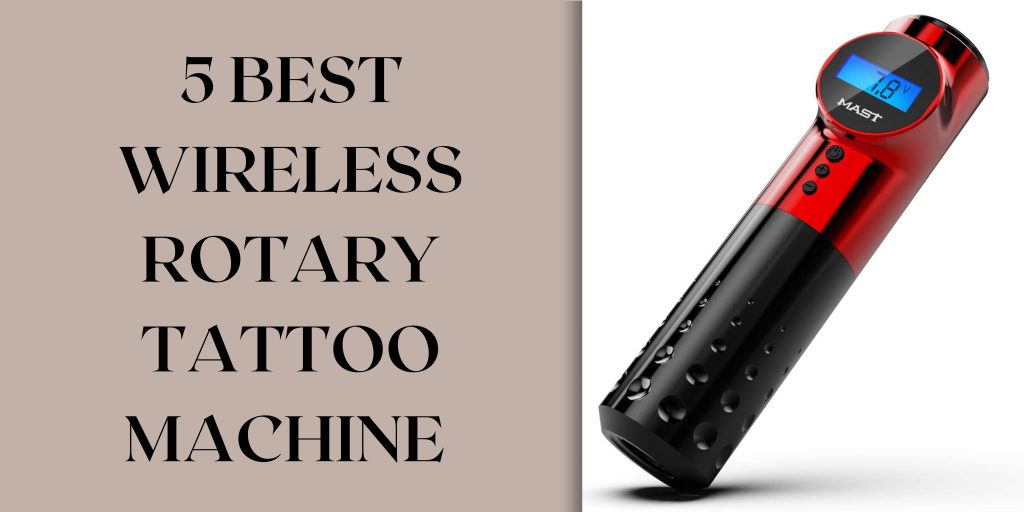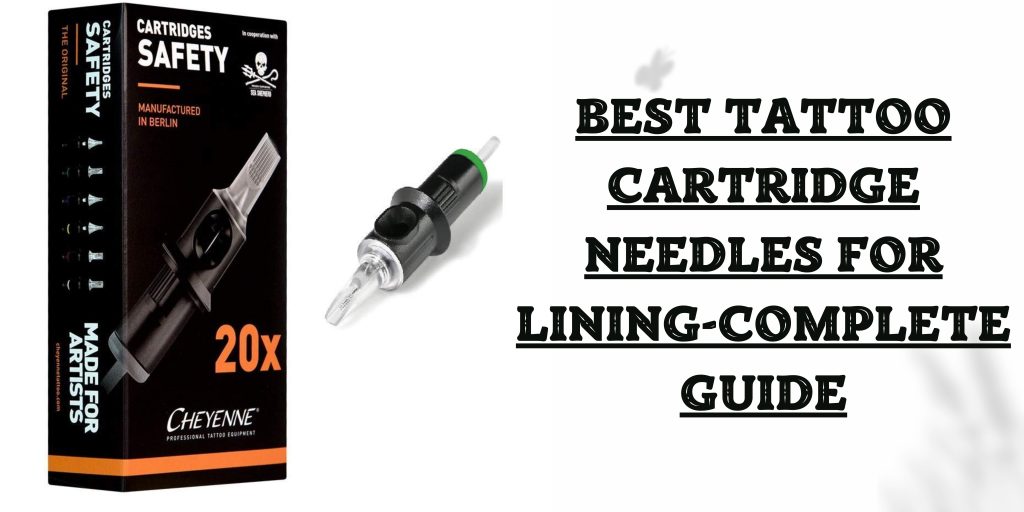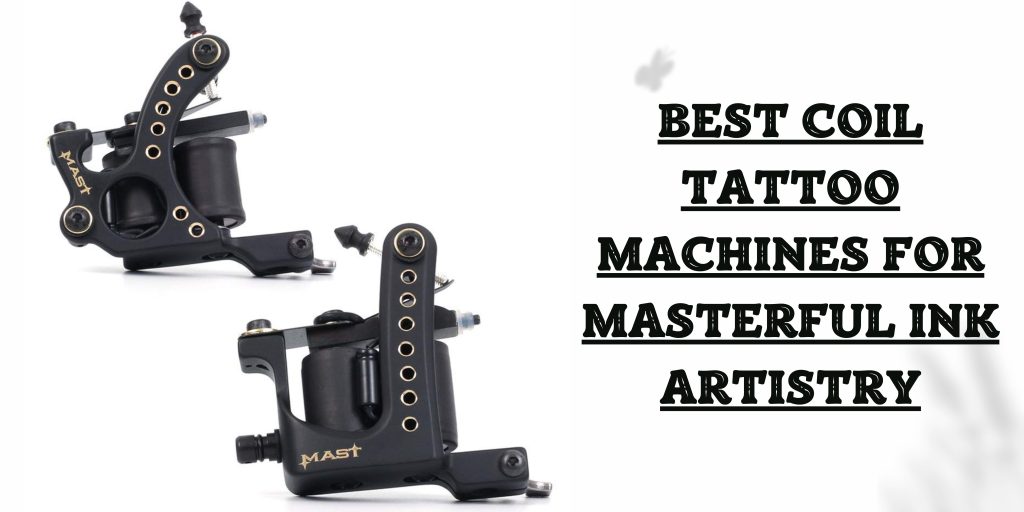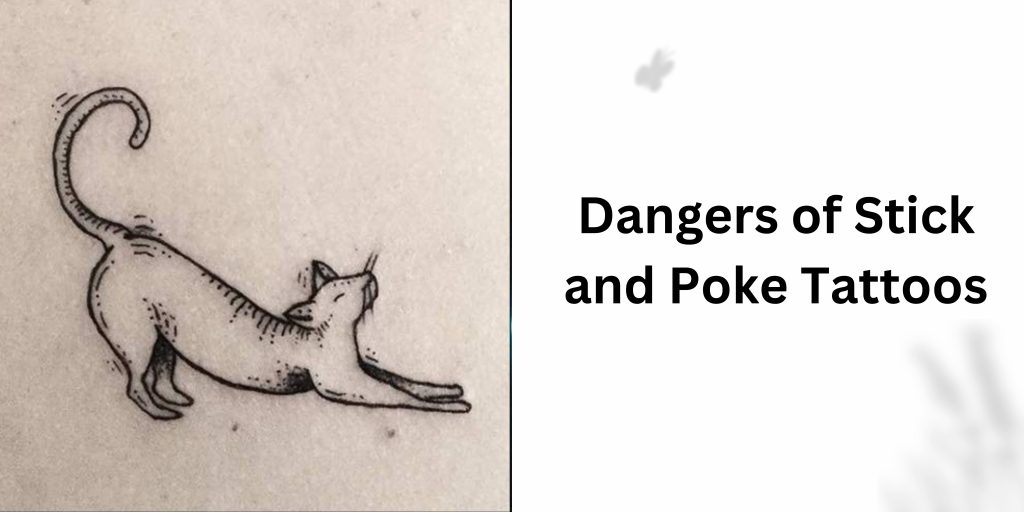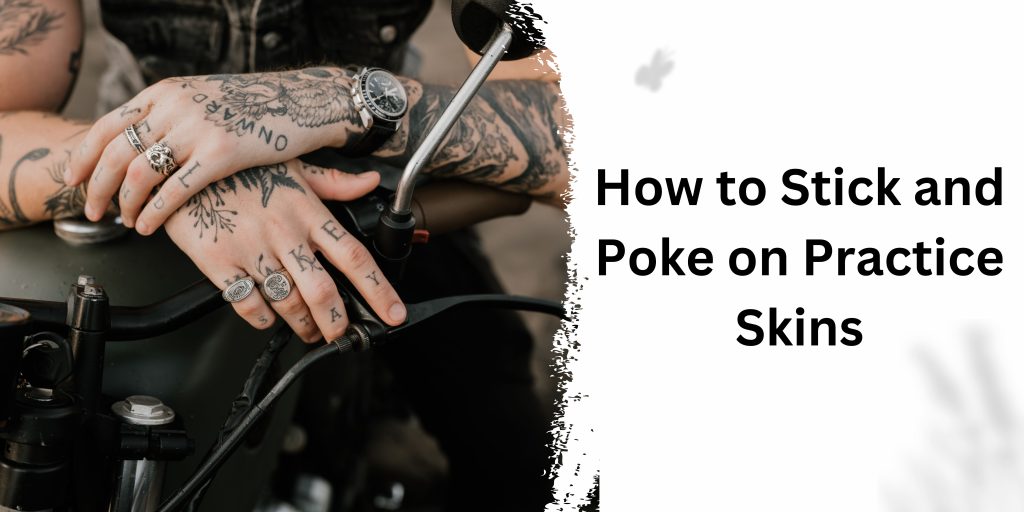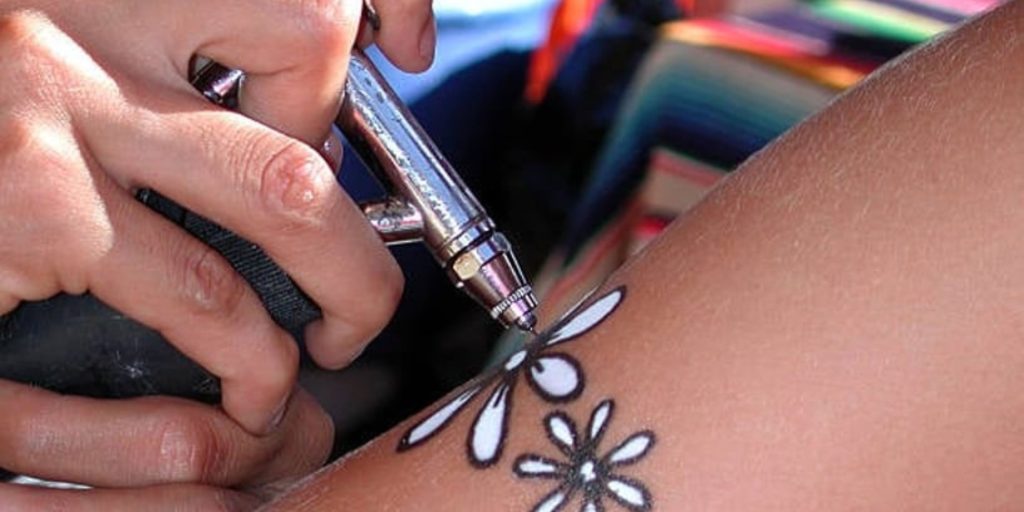If you’re a tattoo enthusiast or a professional tattoo artist, you know that proper needle disposal is not just a legal requirement, but also crucial for the safety of everyone involved. In this guide, we’ll walk you through the step-by-step process of disposing of tattoo needles responsibly. We’ll cover everything from the types of needles to eco-friendly disposal options, and we’ll even address the question of how to dispose of tattoo needles at home.
Understanding Tattoo Needles
Before we delve into the disposal process, it’s essential to understand the different types of tattoo needles and their components. Tattoo needles come in various configurations, including liner needles, shader needles, and magnum needles. These needles are typically made from materials like stainless steel, nickel, or titanium, ensuring durability and precision.
Health and Environmental Concerns
Improper disposal of tattoo needles poses significant health risks. Bloodborne pathogens such as HIV and hepatitis can be transmitted if used needles are not handled and disposed of correctly. Additionally, improperly disposed needles can contribute to environmental contamination, affecting soil and water quality.
Read More: Best Disinfectants for Tattoo Studio
Guidelines for Proper Needle Disposal
To ensure the safe disposal of tattoo needles, follow these guidelines:
- Biohazard Containers and Sharps Disposal: Always use puncture-resistant biohazard containers to dispose of used tattoo needles. These containers are specifically designed to prevent needle punctures and leaks. When the container is full, seal it securely and take it to an approved medical waste disposal facility.
- Needle Recapping and Safe Handling: Never attempt to recap used needles after a tattoo session. Instead, use needle holders or forceps to handle them safely. Recapping can lead to accidental needle sticks, increasing the risk of infection.
Best Practices for Tattoo Studios

Tattoo studios should implement a comprehensive needle disposal protocol to ensure the safety of their artists and clients. This includes:
- Staff Training and Education: All tattoo artists and studio staff should undergo training on proper needle disposal techniques. Education is the first line of defence against accidents.
- Collaboration with Medical Waste Services: Establish partnerships with licensed medical waste disposal services. These professionals are trained to handle and dispose of hazardous materials safely. Schedule regular waste pickups to maintain a clean and safe environment.
Step-by-Step Needle Disposal Process
Follow these steps to dispose of tattoo needles properly:
- Preparing the Used Needle: Once a tattoo session is complete, carefully remove the needle from the tattoo machine. Place the used needle directly into a puncture-resistant container.
- Transporting and Delivering to Disposal Site: Seal the container tightly and label it as “used tattoo needles.” When transporting the container to a disposal site, ensure it is stored in a secure, upright position. Avoid any potential spills or accidents.
Alternative Eco-Friendly Disposal Options
If you’re environmentally conscious, you might be wondering about eco-friendly disposal methods for tattoo needles. Here are two alternatives:
Autoclaving and Sterilization:
Some facilities offer autoclaving services, which involve sterilizing the needles at high temperatures and pressure. This process converts the needles into non-hazardous waste, reducing environmental impact.
Needle Destruction Devices:
Certain devices, such as shredders or disintegration machines, can render needles unusable. These devices are effective at destroying needles and reducing them to safe waste.
Conclusion
Properly disposing of tattoo needles is a vital part of maintaining a safe and hygienic tattooing environment. By following the guidelines outlined in this comprehensive guide, you can help prevent health risks, protect the environment, and contribute to the overall well-being of the tattoo industry. Remember, responsible disposal isn’t just a legal obligation; it’s a commitment to the safety and health of everyone involved.


